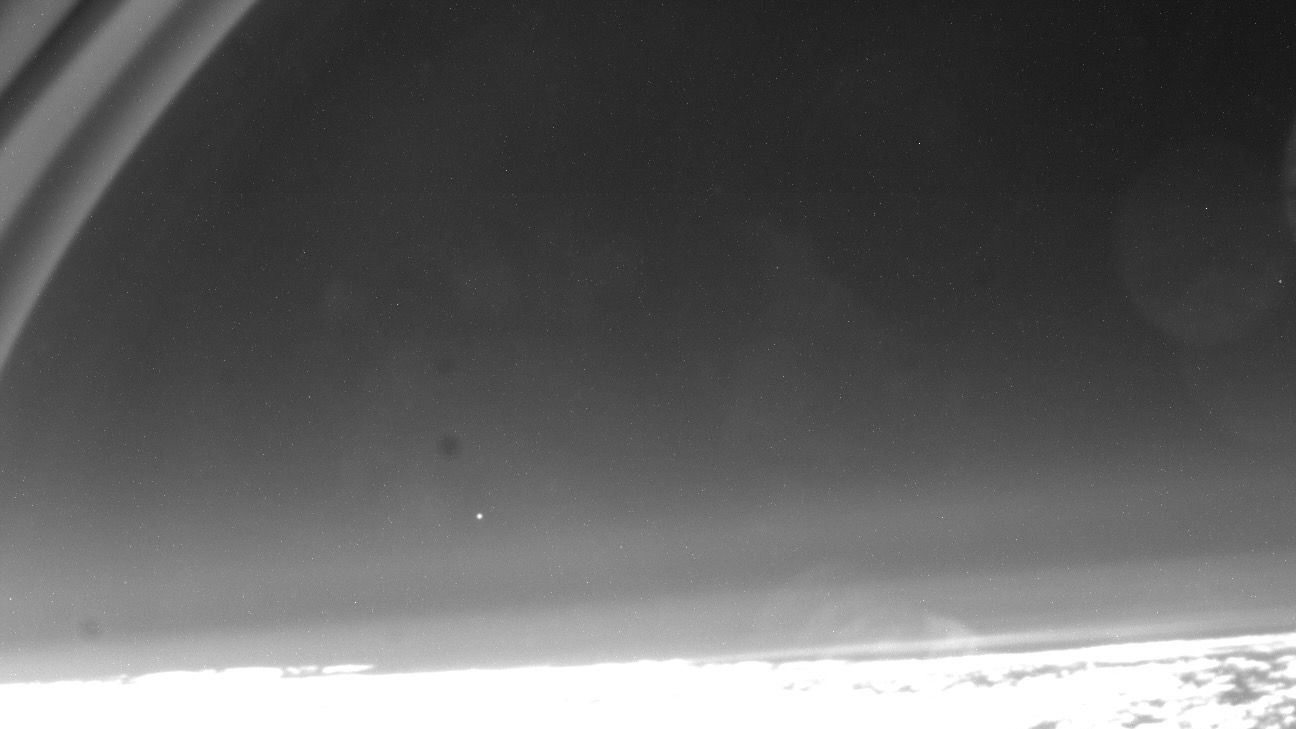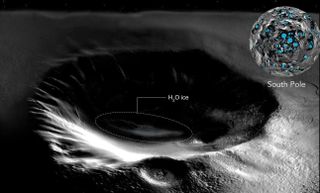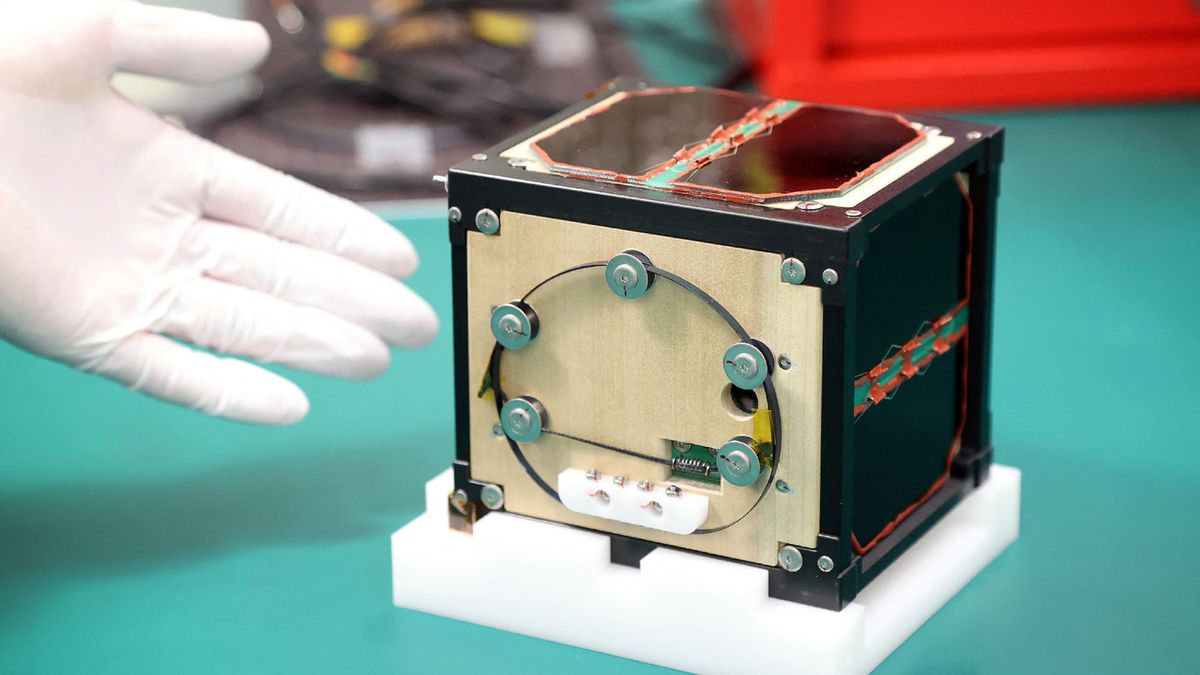Crucial research into the effects of rocket and satellite air pollution on Earth’s atmosphere is reportedly being cut as part of Donald Trump administration’s cuts to climate science budgets. Experts say the cancellation comes at the worst time and will cause a major setback for the emerging field of science. Research funding for the U.S. National Oceanic and Atmospheric Administration (NOAA) is set to be cut by an estimated $1.52 billion with funding covering climate science to be hit the hardest, according to Science. These cuts are expected to include…
Read MoreTag: satellites
Scientists chased a falling spacecraft with a plane to understand satellite air pollution
A dramatic aircraft chase of a falling spacecraft has provided new insights into the fiery processes that accompany the atmospheric demise of retired satellites. The measurements will help scientists better understand how satellite air pollution affects Earth’s atmosphere. In early September last year, a team of European scientists boarded a rented business jet on Easter Island to trace the atmospheric reentry of Salsa, one of the European Space Agency‘s (ESA) four identical Cluster satellites. The aircraft was fitted with 26 cameras to capture the brief occurrence in different wavelengths of…
Read More40-year-old spy satellite photos are helping find forgotten land mines in Cambodia
Declassified images from U.S. military satellites are helping find forgotten mine fields in Cambodia. From the late 1960s almost until the end of the 1990s, a bloody war between communist groups and democracy defenders raged, with a few short breaks, in the jungles and on the rice fields of Cambodia. The conflict left behind a hidden legacy that keeps increasing the war’s death toll to this day. Over 10 million anti-personnel and anti-vehicle mines and other explosives may have been scattered across Cambodia’s land during the decades of fighting. Over…
Read More3 big hunks of space junk crash to Earth every day — and it’s only going to get worse
At least three old satellites or rocket bodies fall back to Earth every day, a new report reveals. And experts warn that the number of objects returning from space is set to increase, a possible concern for the health of Earth’s atmosphere and for the safety of humans on the ground. The Space Environment Report, released by the European Space Agency (ESA) on April 1, found that some 1,200 “intact objects” reentered the atmosphere in 2024, in addition to countless space debris fragments. Despite this incessant rain of junk battering…
Read MoreCroatia’s 1st satellite captures its first views of home (photo)
Croatia’s first ever satellite has just beamed to Earth the first image of its homeland. The satellite, called CroCube, is a 1U cubesat 3.3 by 3.3 by 3.3 inches (10 x 10 x 10 centimeters) in size. It launched to space aboard a SpaceX Falcon 9 rocket in late December on the company’s Bandwagon-2 rideshare mission. The debut image, released via the mission’s Facebook page on Jan. 31, shows a cloud-covered outline of the Mediterranean country famous for its crystal blue sea and scenic coast. “Although our land is partly…
Read MoreSpaceX to launch water-hunting moon probe ‘Lunar Trailblazer’ on Feb. 26
LITTLETON, Colorado — A university-led lunar orbiter designed to pinpoint the location of ice or liquid water trapped in rocks on the moon’s surface is nearly ready for takeoff. The Lunar Trailblazer is slated to launch atop a SpaceX Falcon 9 rocket no earlier than Feb. 26 from NASA’s Kennedy Space Center in Florida. It will fly as a “rideshare” along with the primary payload — the Athena lunar lander, built by Houston company Intuitive Machines. Here within a Lockheed Martin clean room, where it underwent final grooming ahead of…
Read MoreWorld’s 1st wooden satellite deploys from ISS to demonstrate cleaner spacecraft tech (photo)
An experimental satellite made of wood has been deployed from the International Space Station (ISS) to test how the renewable, sustainable material withstands the harsh orbital environment. The satellite, designed and built by Kyoto University and Japanese wood processing company Sumitomo Forestry, is called LignoSat, a reference to the organic polymer lignin, which is prevalent in wood cells. The 1U cubesat — a cube measuring 4 inches (10 centimeters) on a side — will remain in space for about six months before it gets pulled back into Earth’s atmosphere by…
Read MoreSpace debris crash in Kenya village believed to be from leftover rocket hardware
Kenya Space Agency (KSA) officials in Nairobia, Kenya, East Africa, are reporting that on Dec. 30 a large metallic ring roughly 8 feet (2.5 meters) in diameter and weighing some 1,100 pounds (500 kilograms) fell from the sky, reportedly “red-hot” and crashed into Mukuku village, in Makueni county – in the country’s south. Investigators think the object is space debris, believed to be rocket leftovers that came crashing down, reportedly within the village at roughly 3 p.m. local time. The KSA “secured the area and retrieved the debris, which is…
Read MoreHow bacteria are inspiring the next generation of space-borne lasers
Solar-powered lasers that run on the photosynthetic machinery of bacteria could one day provide a low mass, simple and sustainable means of providing power in space, replacing the usual heavy lenses and complex electronics that aren’t very cost-effective to launch. “Our plan is to use photosynthetic structures extracted from bacteria, and the idea is that you can grow them and keep replenishing material, you don’t need to maintain a supply line from Earth,” Erik Gauger, a professor of photonics and quantum science at Heriot Watt University in Edinburgh and leader…
Read MoreWorld’s 1st wooden satellite arrives at ISS for key orbital test
This new spaceflight tech has a very retro feel. The world’s first wooden satellite, a tiny Japanese spacecraft called LignoSat, arrived at the International Space Station (ISS) today (Nov. 5) aboard a SpaceX Dragon cargo capsule. LignoSat measures just 4 inches (10 centimeters) on each side, but it could end up having a big impact on spaceflight and exploration down the road. “While some of you might think that wood in space seems a little counterintuitive, researchers hope this investigation demonstrates that a wooden satellite can be more sustainable and…
Read More








